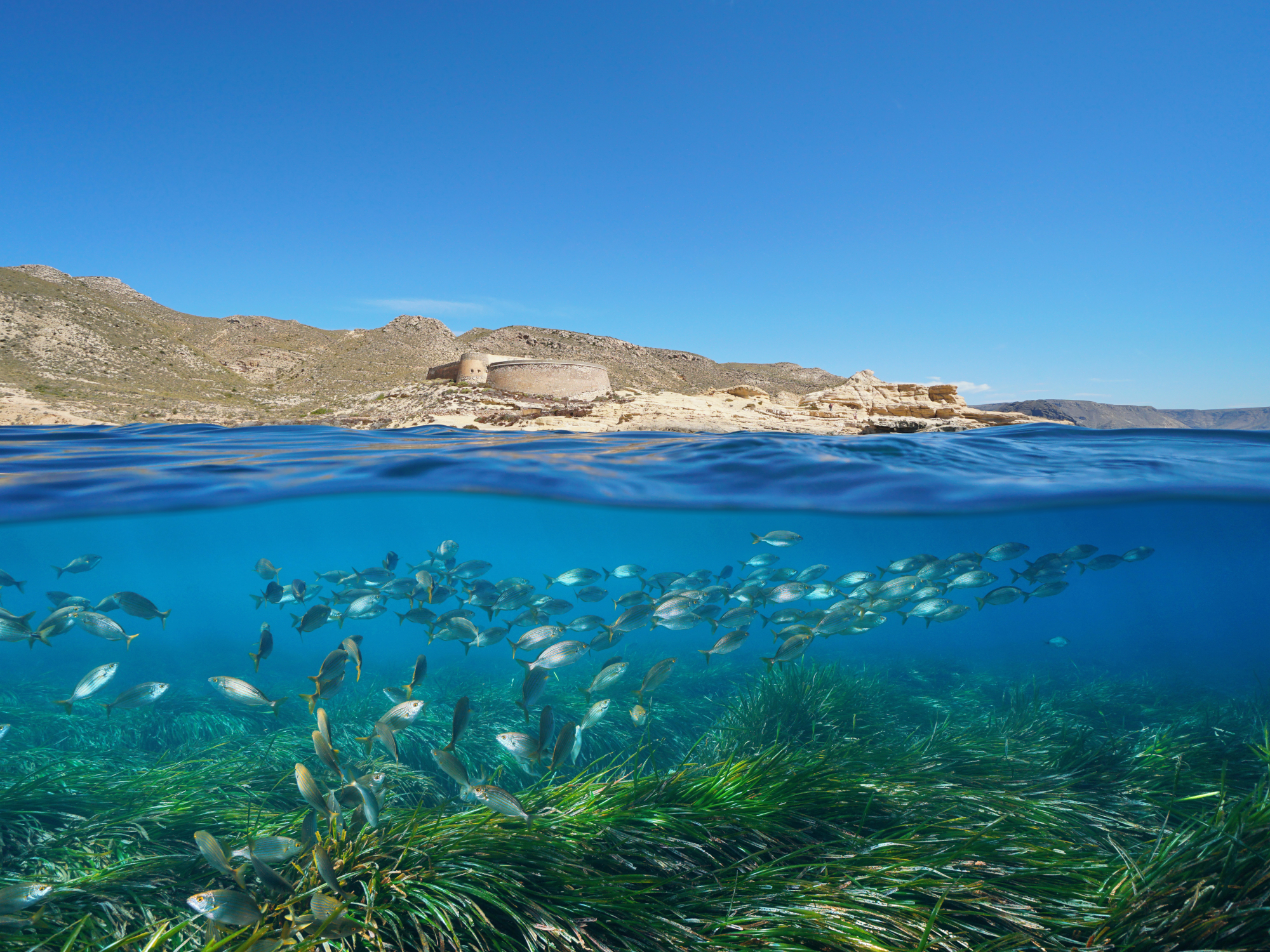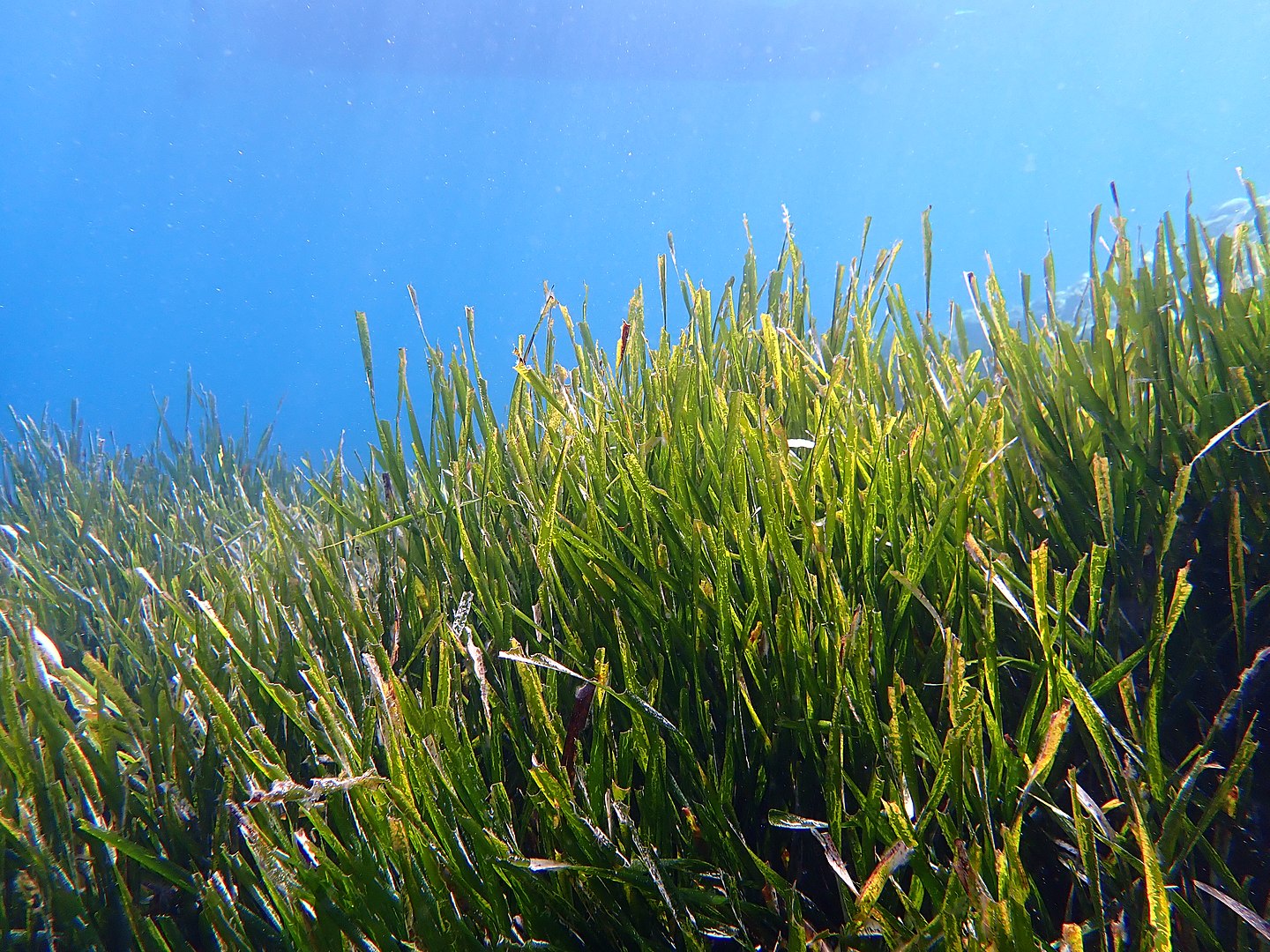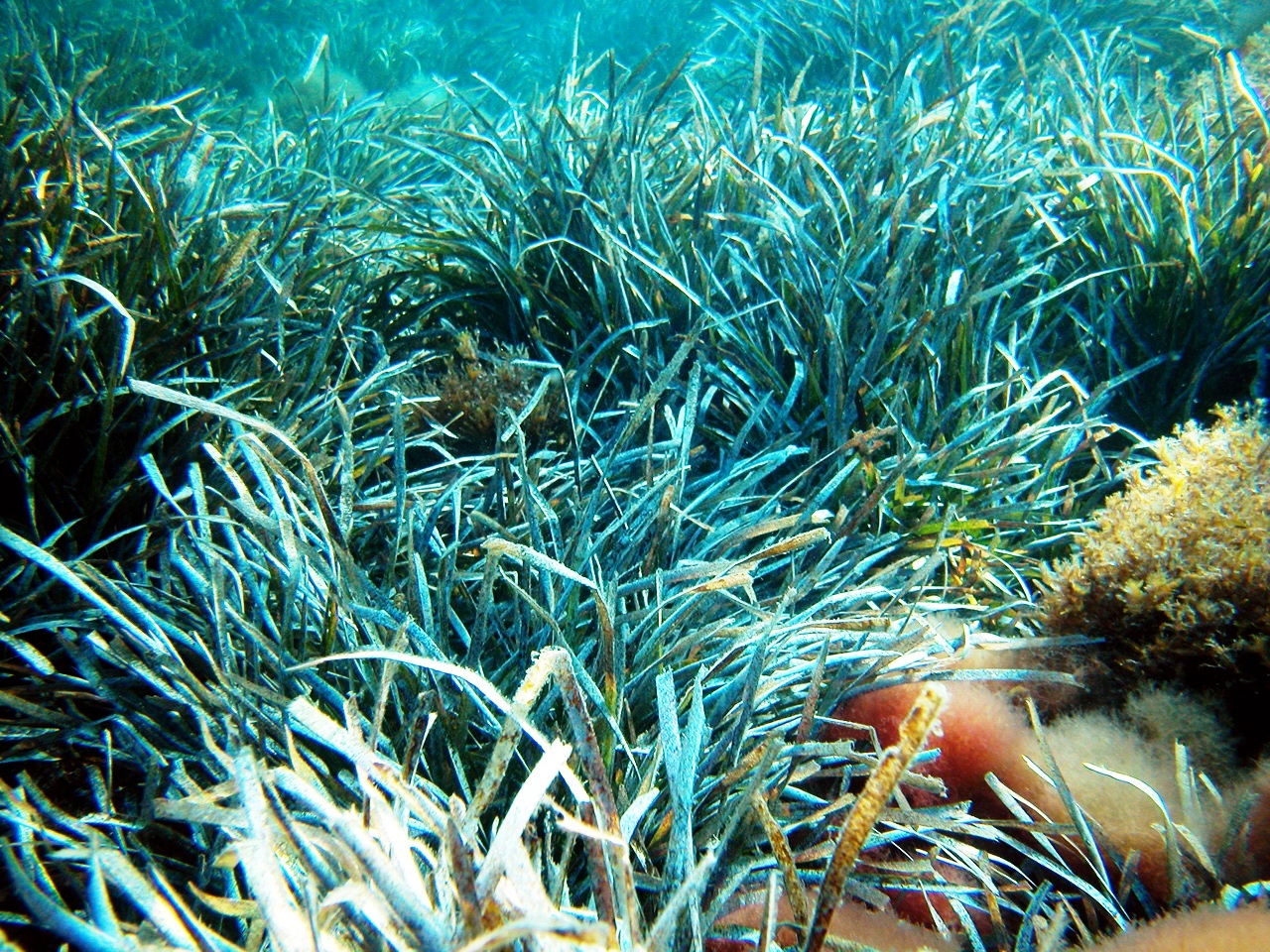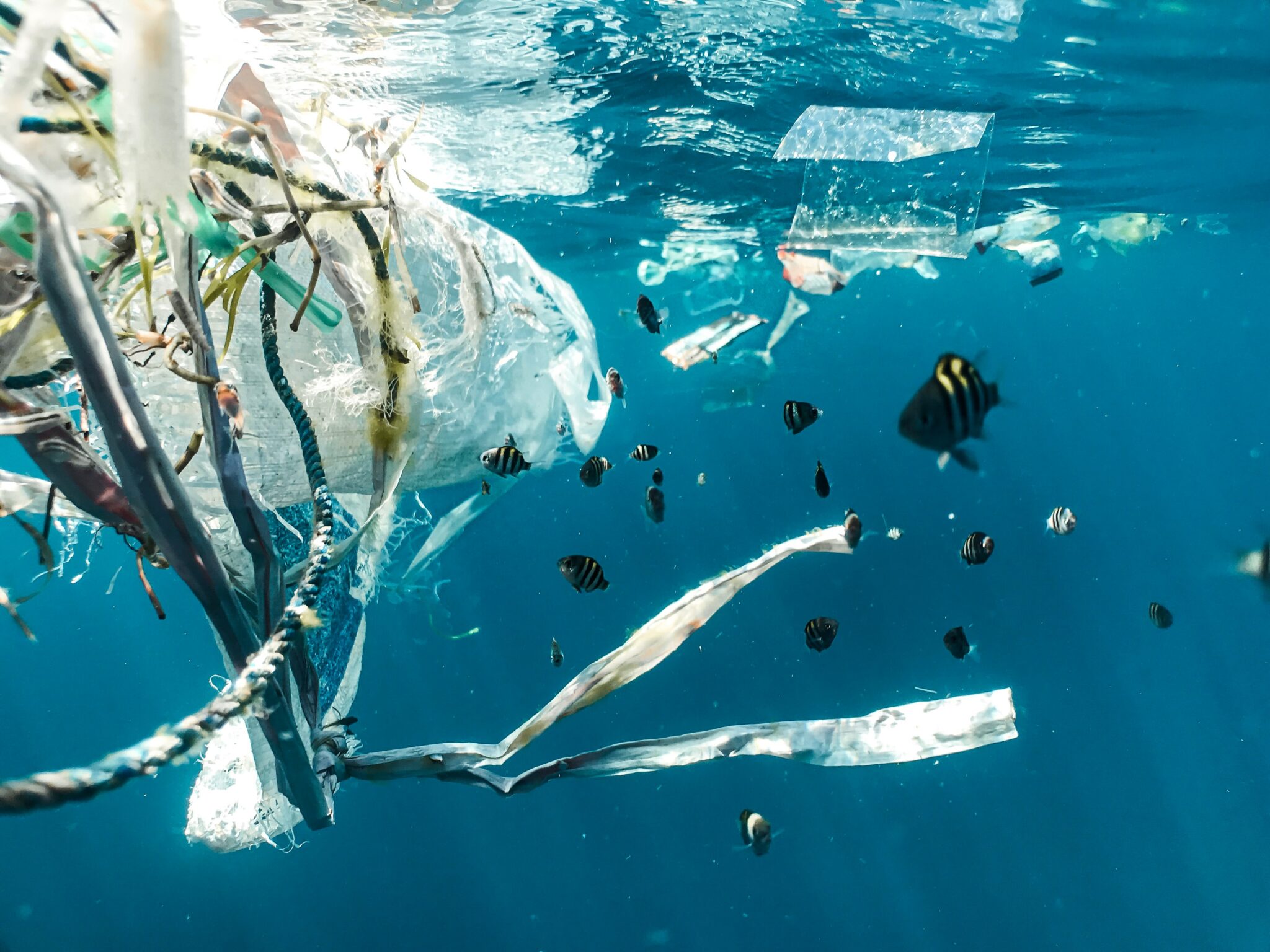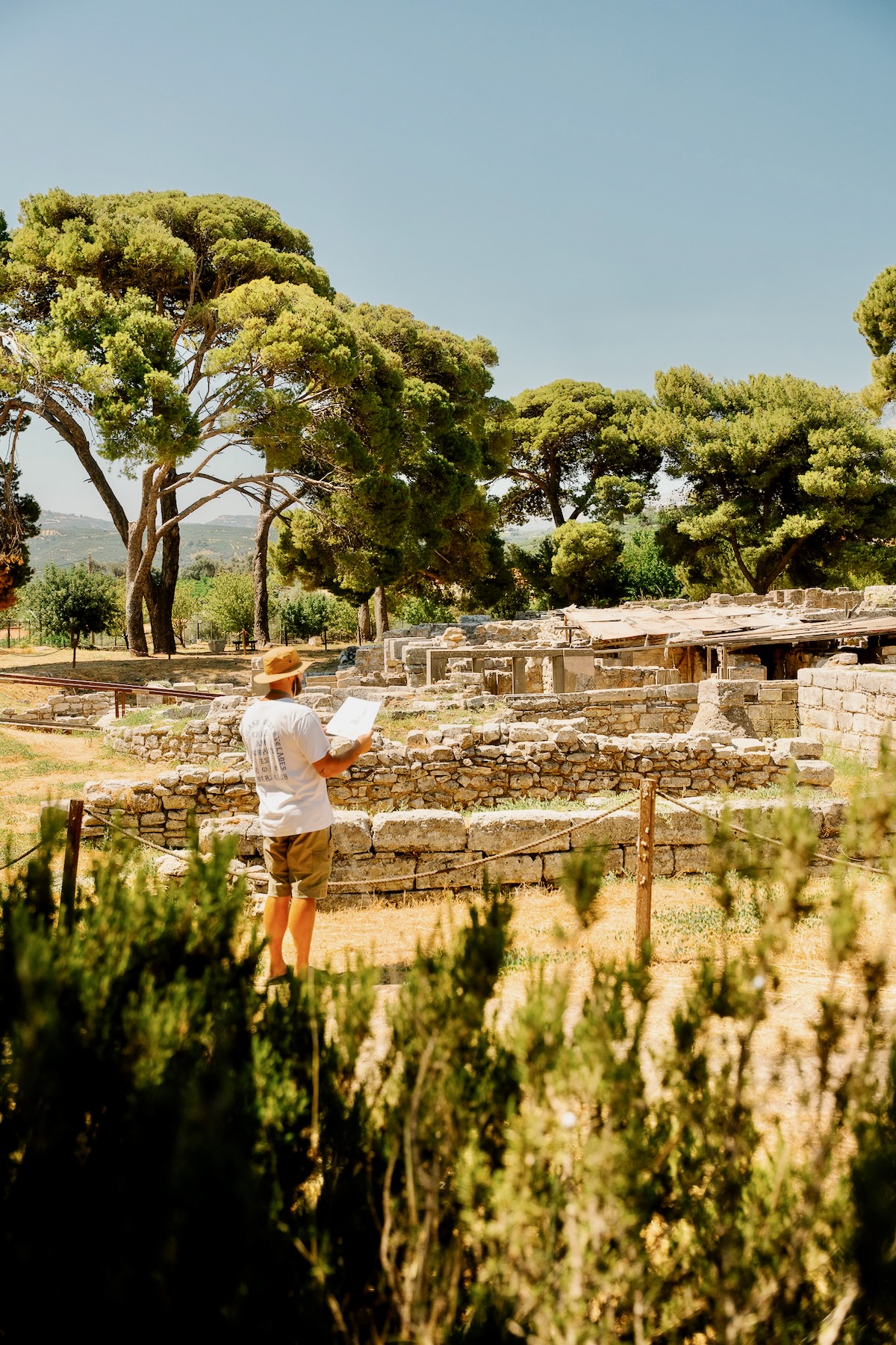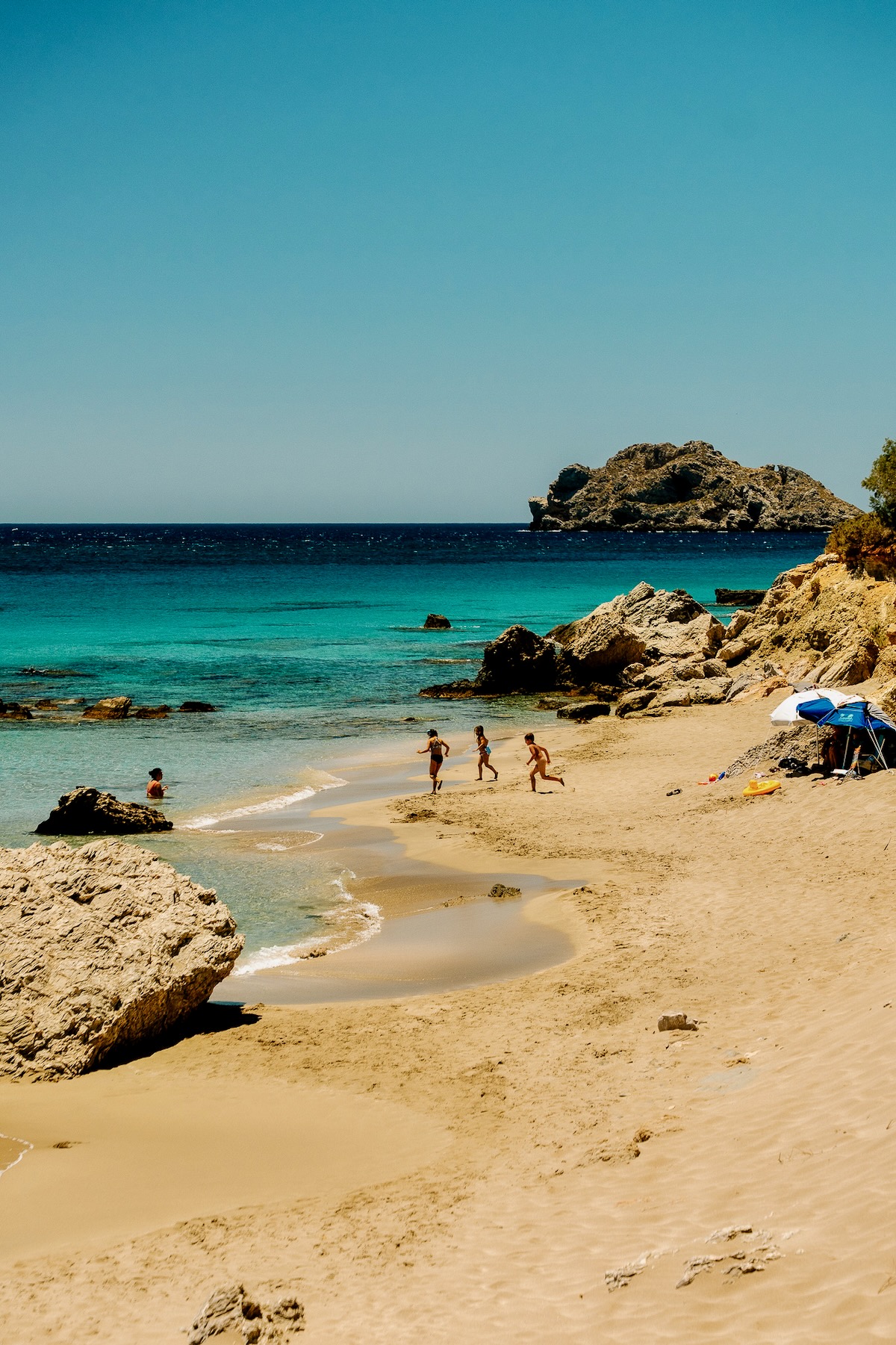Posidonia Oceanica (Posidonia Oceanica) is a species of marine phanerogams (the most advanced plants on our planet – also known as marine angiosperm, although we often incorrectly call it “seaweed”), endemic to the Mediterranean Sea.
Its seeds are freely dispersed and are known in Italy as “the olive of the sea” (l’oliva di mare). It is a species with a particularly extensive presence in the Mediterranean in general and on the Greek coasts in particular.
Posidonia Oceanica grows in large submarine meadows, an important part of the Mediterranean ecosystem, that in terms of fertility comparable to that of Amazonian forests and coastal wetlands; more than 300 plant species and over 1,000 leave in these meadows.
The role of Posidonia
From a biologic point of view, Posidonia provides important functions and services to the ecosystem, stabilizing and maintaining the health level of the seabed, ensuring very high primary oxygen production in the marine ecosystem.
- The meadows are shelter and breeding grounds, i.e. they act as nurseries for more than 80 species of fish and crustaceans (crabs, shrimps etc.) of commercial importance. Local fisheries are highly affected when seagrass beds disappear.
- Just like terrestrial plants, underwater meadows sequester significant amounts of carbon dioxide from the atmosphere, thus enriching the waters and overall atmosphere with oxygen. Researchers from around the world, including Greece, have found that Posidonia seagrass meadows, although covering less than 0.2% of the ocean, absorb up to 83,000 tonnes of carbon dioxide per square kilometre, when a land forest can absorb up to 30,000 tonnes.
- In addition, Posidonia meadows act as sediment traps, removing polluting organic substances from the water, providing natural purification filters and helping to recycle of nutrients in the sediment and water column.
- At the same time, the dikes “built” by their roots, in combination with Posidonia’s dense and resistant foliage, act as powerful wave breakers, absorbing a significant percentage of wave energy in the coastal zone. This protects the seabed and coasts from erosion. With the deforestation of seagrass beds, many beaches are threatened with shrinkage or even extinction.
- Large parts of the meadow (remnants of leaves) provide nutrients to the marine ecosystem and when transported to the coastal zone, on sandy beaches, act as a natural defence against coastal erosion.
- Showing great potential for tourism and cultural development, Posidonia meadows are ideal for leisure activities such as scuba diving or snorkelling.
Why is Posidonia under threat?
Posidonia meadows are very sensitive to anthropogenic interventions and the changes they cause to the marine ecosystem. It is one of the most vulnerable ecosystems in the world.
Since 1960, their decline has been observed in many areas of the Mediterranean and in many cases Posidonia meadows have been driven to extinction, which is directly linked to human activity in the coastal zone. Around 20% of the world’s underwater grasslands have disappeared in the last decade and every year at least 1.5% of the remaining grasslands are lost. Following their disappearance, the carbon dioxide they have stored escapes. It is estimated that the amount of carbon dioxide released during Posidonia’s destruction is up to 25% greater than that released by deforestation on land.
Threatened by whom?
The most widespread threats leading to the shrinkage and disappearance of seagrass beds are any human activity that directly or indirectly increases water turbidity, such as:
- Uncontrolled development in the coastal zone (constructions, ports, land-improvement works, perpendicular to the coastline.
- Uncontrolled berthing of commercial and recreational vessels, especially during the summer months in Greece. The unparalleled beauty of the Aegean Sea attracts thousands of boats every summer, which, despite the economic benefit, creates a huge ecological burden and is perhaps the most important cause of mechanical pollution and degradation of submarine grasslands.
- The creation of sandy beaches where they don’t exist naturally.
- Marine pollution (mainly that related to organic pollution caused by the disposal of untreated urban, agricultural and industrial waste water into the sea).
- Uncontrolled fish farming (increased organic loads from unconsumed food escaping into the sea inevitably affect Posidonia, which is sensitive to organic pollution).
- Illegal use of towed fishing gear (for example, bottom trawls) in underwater grassland areas.
- Illegal blast fishing in underwater grassland areas. Because of its important ecological role and its tendency to decline, Posidonia Oceanica is protected by all European countries.
Its proper management requires knowledge of its spatial extent and its mapping with modern tools and methods.
In Greece, although much attention has been paid to this issue, about 80% of the country’s marine grassland areas remain unmapped. Only a small number of grasslands have been mapped – mainly in areas protected by the Natura 2000 network. However, these data are now outdated and need to be updated, using modern methodology and technologies to assist classical approaches. The use of modern technologies such as satellite remote sensing, optical recording with autonomous diving or/and underwater cameras, the use of oceanographic vessels with sonar devices etc. is now considered vital for the rescue of Posidonia.



